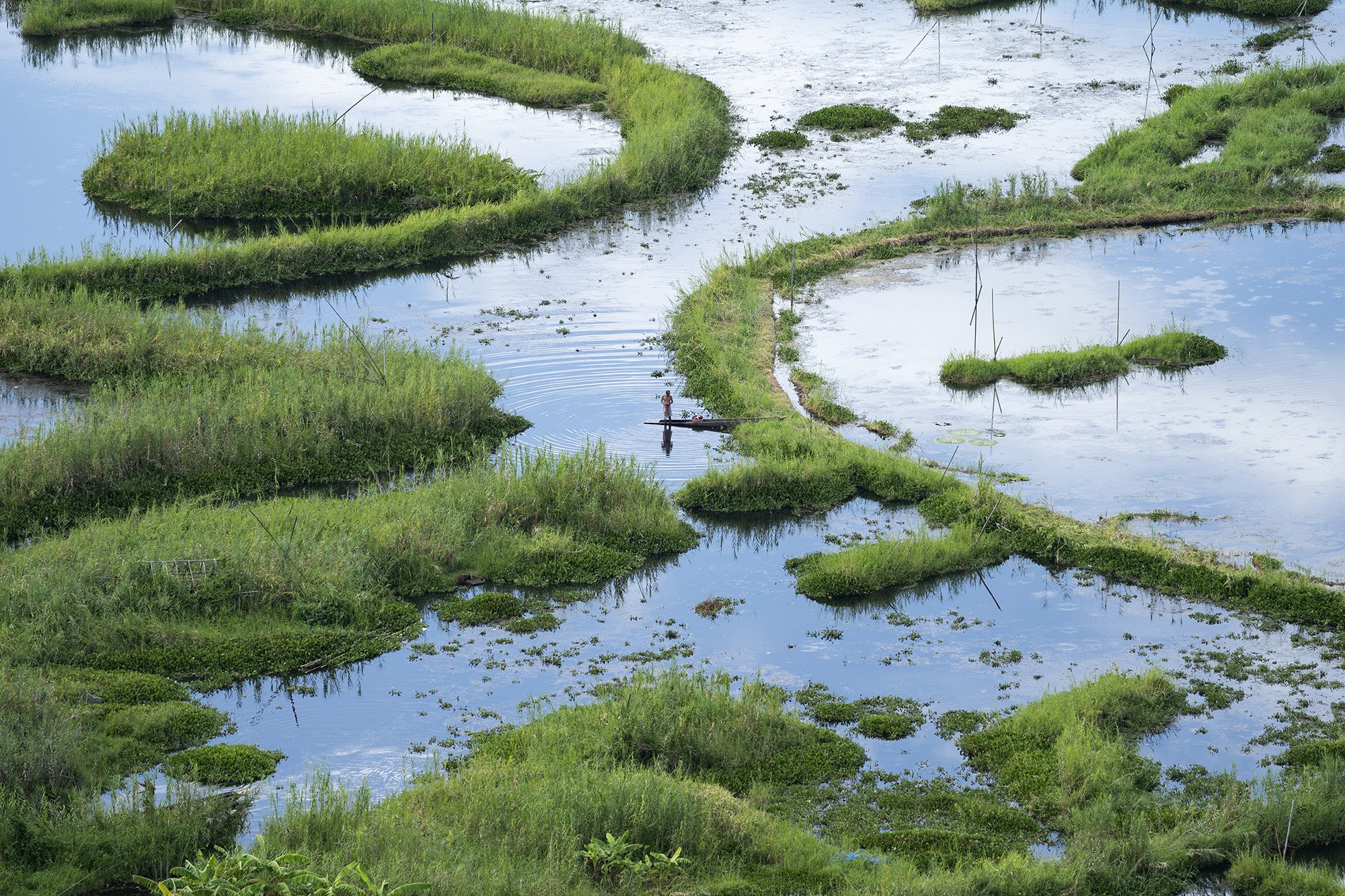
A man surrounded by floating biomass, locally known as phumdis, in Loktak Lake, Manipur. The phumdis are arranged in a circular pattern by fisherfolk.

Tongbram Amarjit, a resident of Thanga village near Loktak Lake, Manipur. Belonging to a fishing family, he founded the Loktak Folklore Museum in 2016 to preserve his community's traditional fishing practices and other cultural identities.
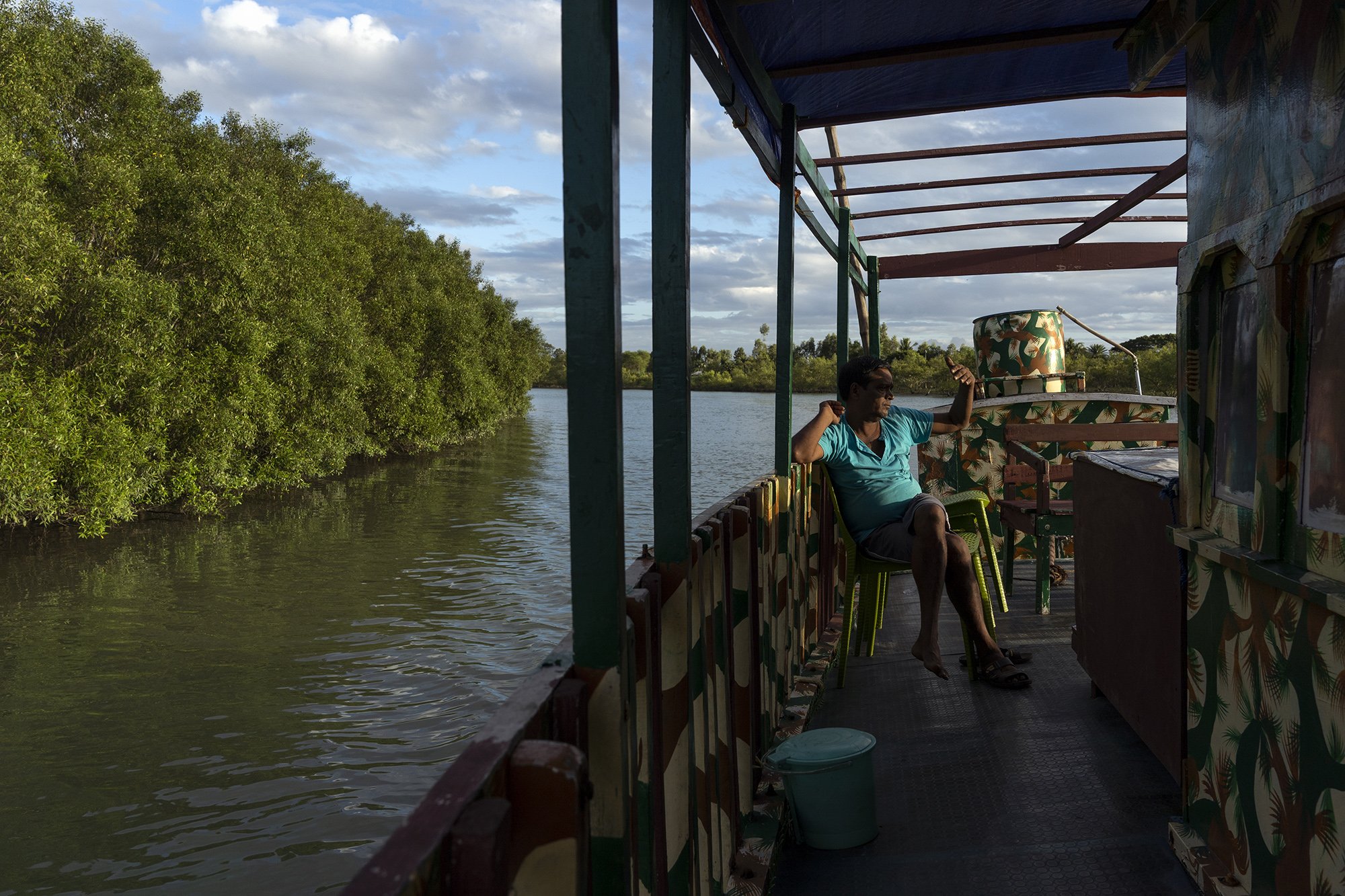
A worker on a boat moving along mangroves in the Indian Sundarbans in West Bengal.

A boat ferries people in the waterways of the Sundarbans, the world's largest contiguous mangroves.

H.P. Upreti, in the backyard in Srinagar, Uttarakhand, in 2018. The ex-serviceman suffered heavy losses from the devastating 2013 floods and continues to fight the government to get his claim.
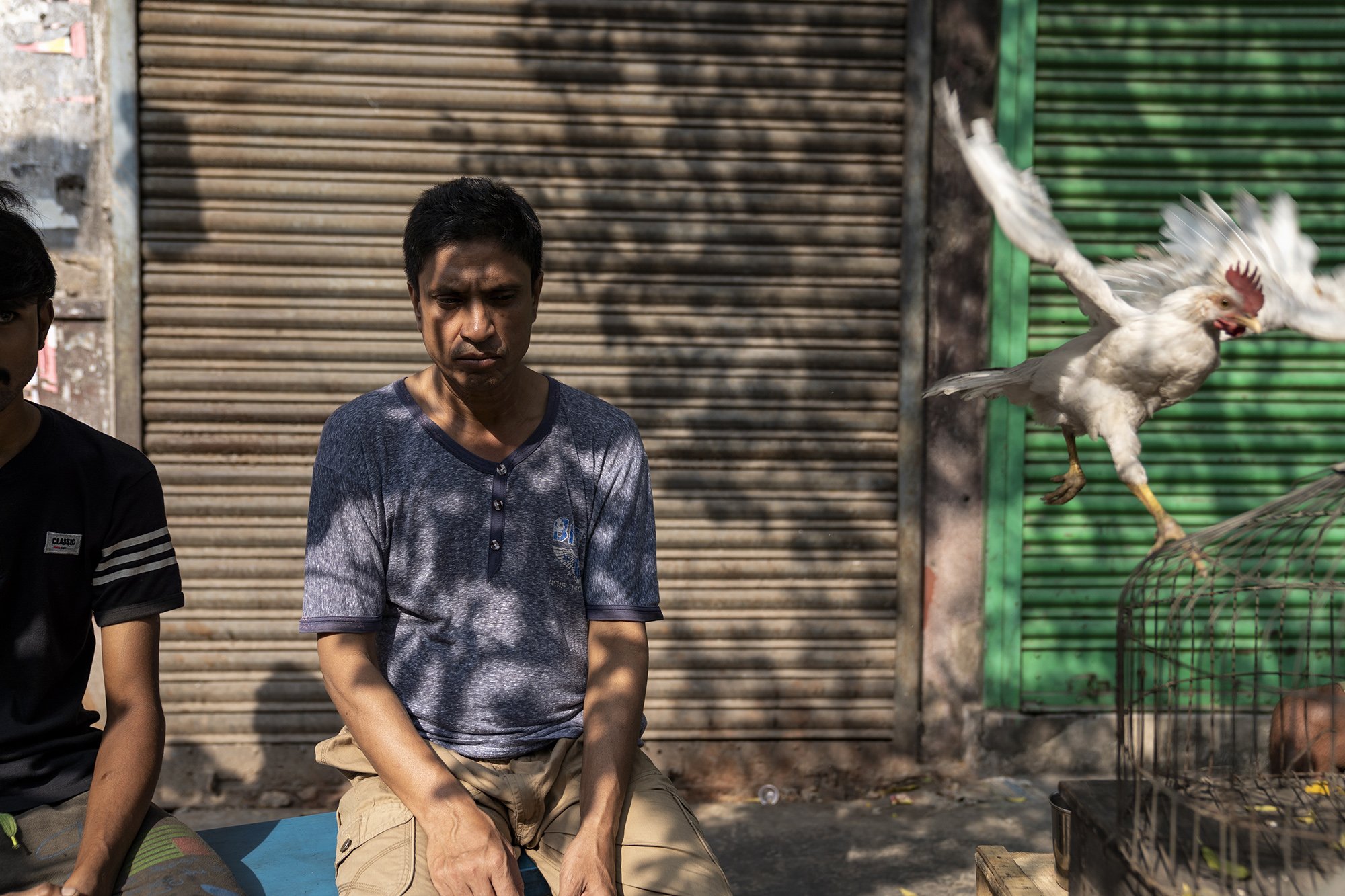
Rajadas, a motorbike garage owner in Amherst Street, Kolkata. “Every year, the garage gets damaged due to waterlogging. We shift the bikes somewhere else. This year, we inverted this bench to make a barrier and protect our garage from water.”
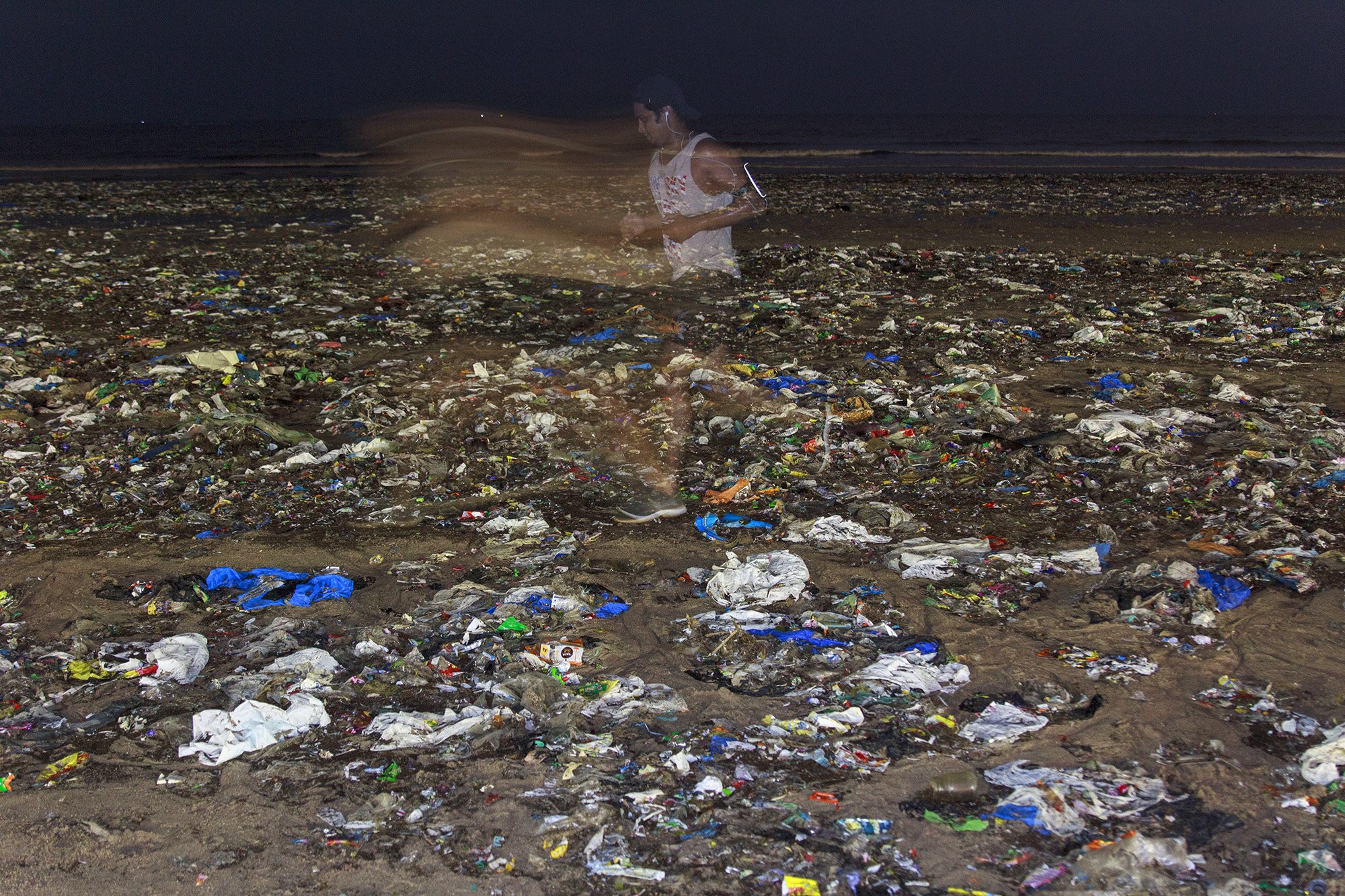
A jogger manoeuvres his way through garbage scattered across Juhu beach, Mumbai. The sea washing ashore trash dumped by the city has become an annual affair during monsoons.

A migratory lesser sand plover trods on the shore on the outskirts of Mumbai city. The financial capital is also rich with urban biodiversity.
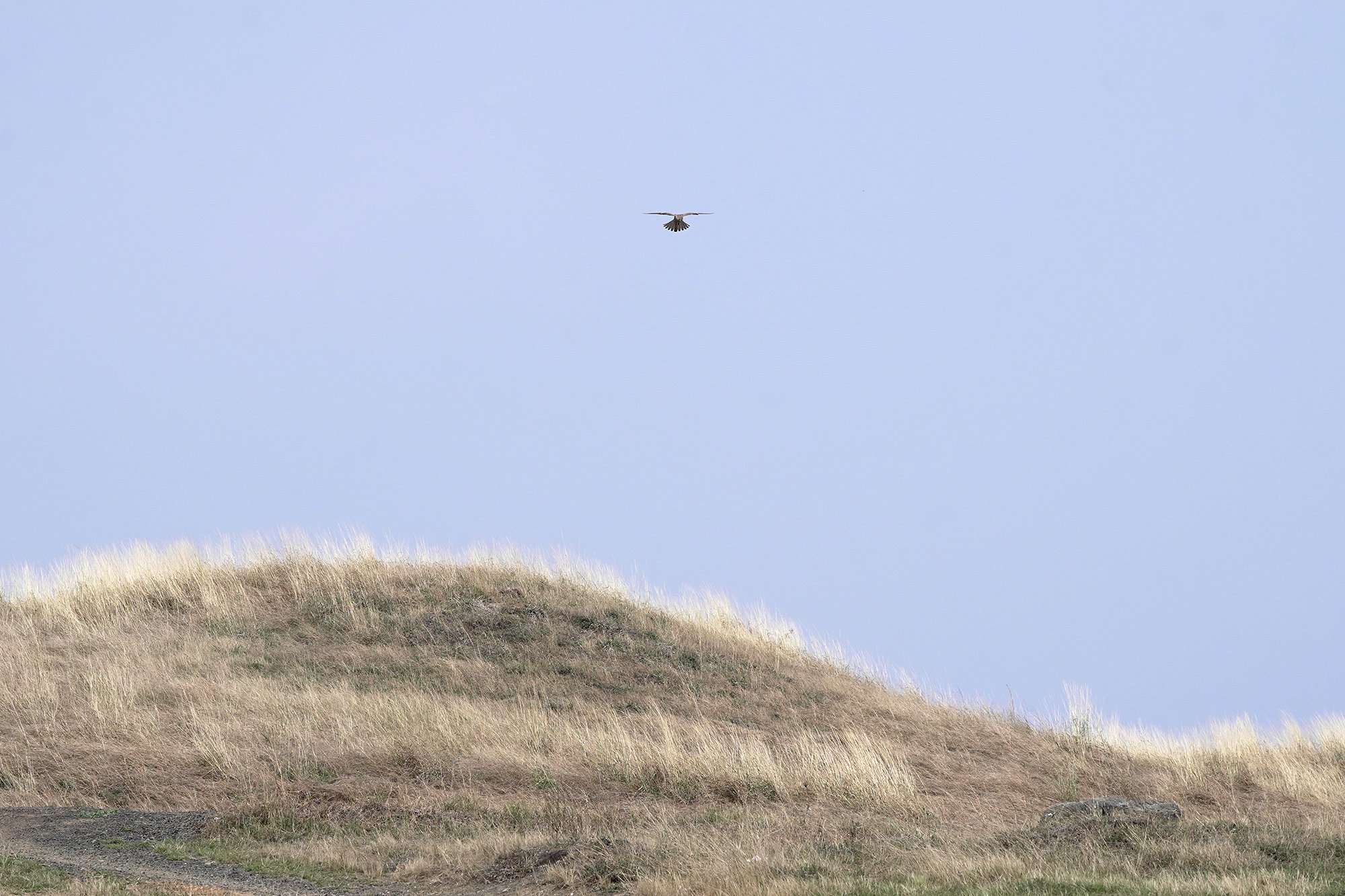
A lesser kestrel hovers for prey over grasslands in Nashik, Maharashtra. Grasslands are threatened and ignored ecosystems in India.

A protestor outside the COP25 venue in Madrid in 2019 at a strike organised by Friday For Future and Extinction Rebellion.
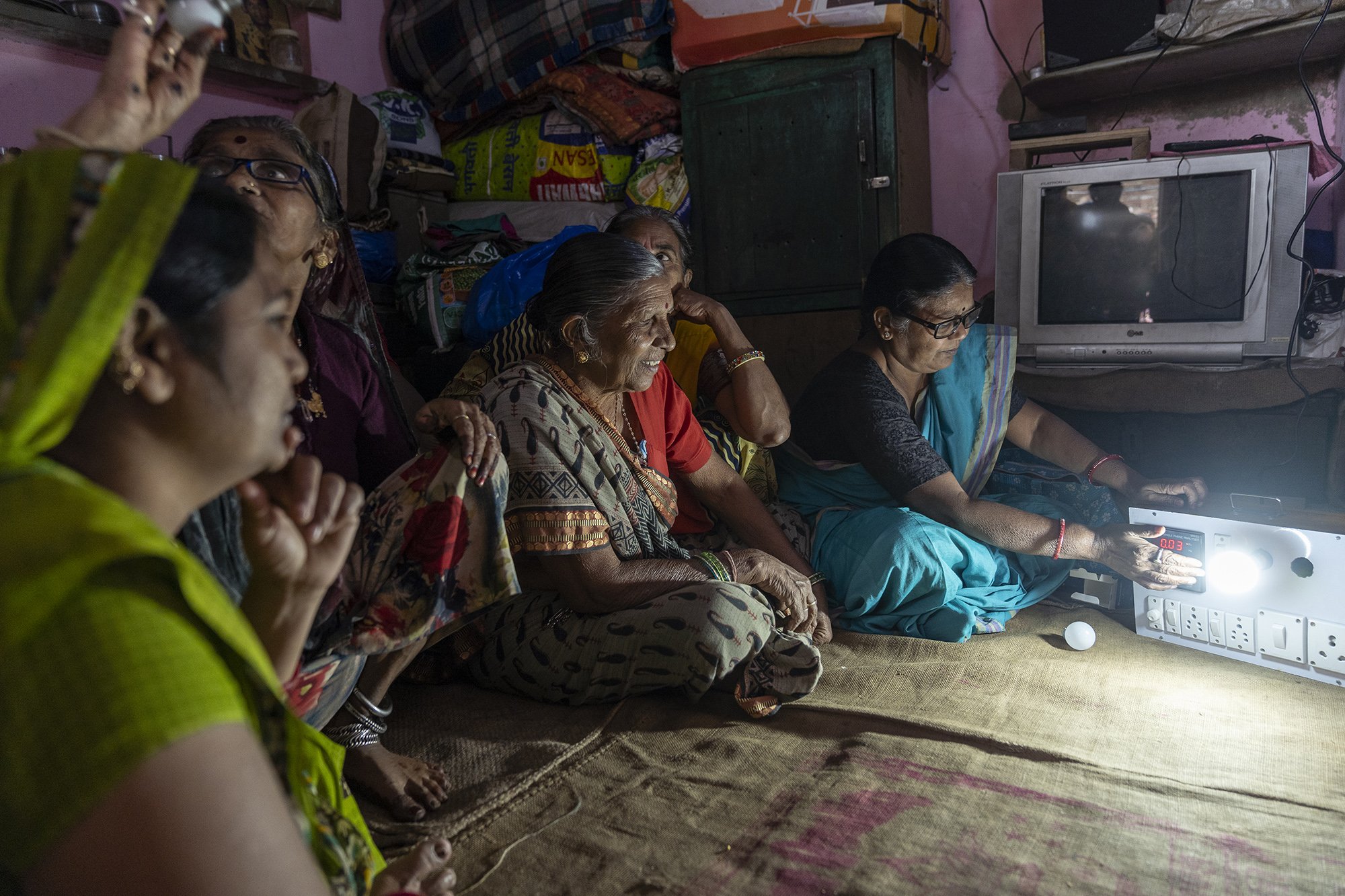
Krishnaben (right) demonstrates the energy efficiency of a light bulb in one of the houses in a slum in Khodiyarnagar, Ahmedabad. The bulbs consume less electricity and generate lesser bills.
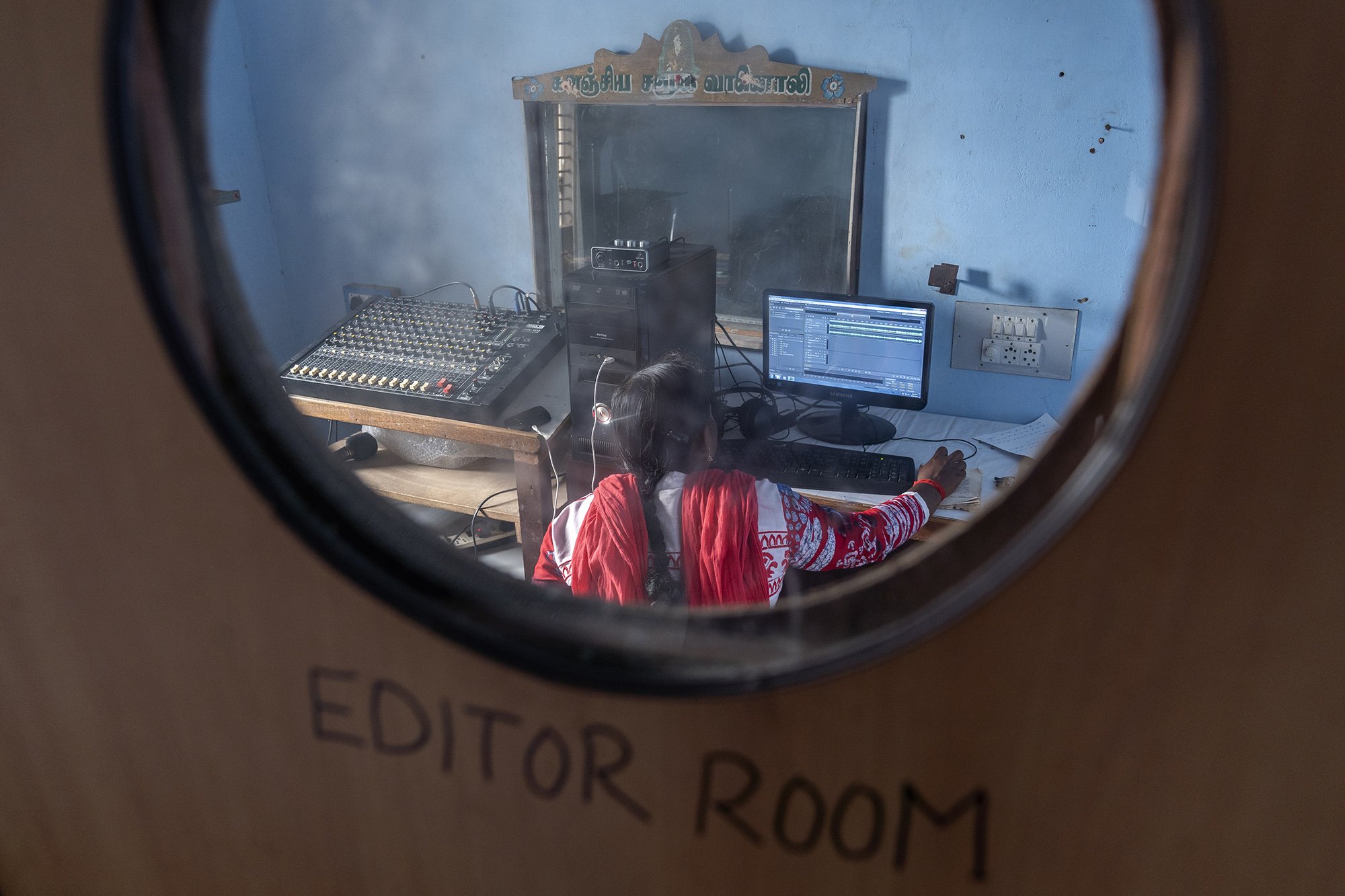
Ranjitha, a radio jockey, is editing audio files at Kalanjiam Samuga Vanoli, a community radio station in 2019. The station is located on the cyclone-prone Nagapattinam coast of Tamil Nadu.